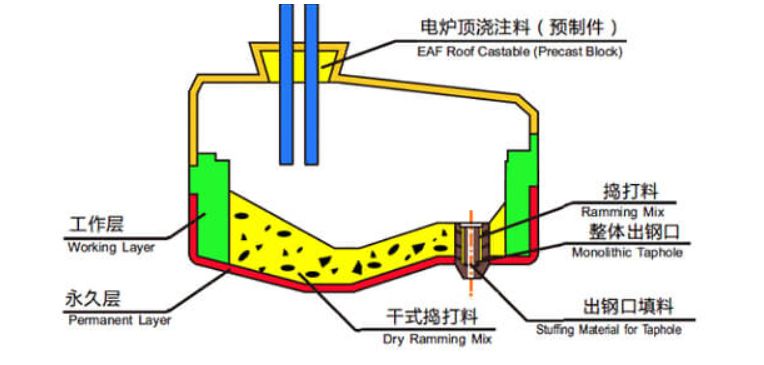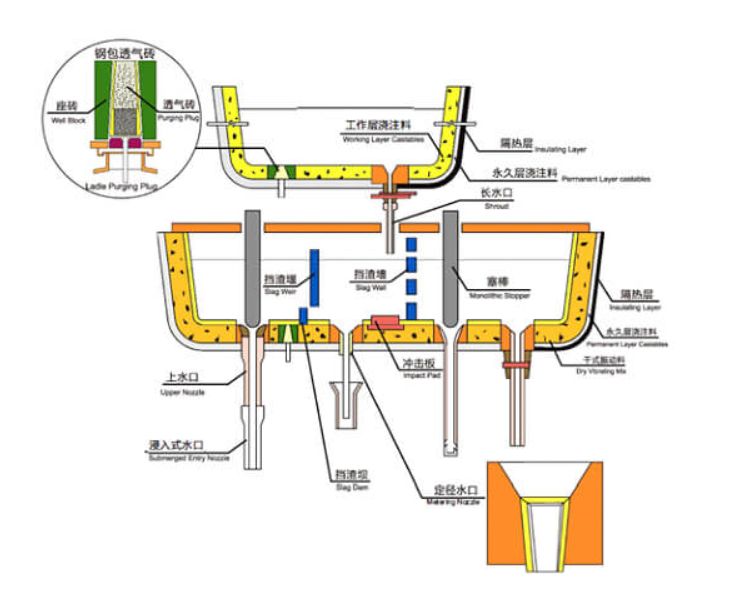Refractory materials used in ironmaking industry are mainly divided into sintering, blast furnace, iron field, hot metal ladle and its pretreatment refractory materials. Refractory materials for blast furnace and sintering machine belong to refractory materials for construction. Hot metal ladle, iron field and hot metal pretreatment are expendable refractory materials. Karede infrastructure kiln is mainly measured by the service cycle, and the place that constantly consumes refractory materials, in addition to the service cycle, but also unit consumption should be used to measure the quality of the material and the level of use. In the iron-making system, the slag is characterized by neutral and acidic slag, and the oxidation of the slag is weak. Based on the choice of similar materials and the inertness of the erosion medium The choice of non-oxide neutral refractory materials should be selected. That is, the area should be made of aluminum-silicon refractories containing silicon carbide, silicon nitride, carbon, etc. Refractory materials used in the steelmaking industry include magnesium oxide or magnesia – calcium oxide, chromium magnesium, silica refractories, refractory clay, high aluminum, carbon 6 categories.Mainly used in steel furnaces, iron blast furnace lining, iron hot blast furnace insulation, heat storage bricks, bearing and transporting metal and slag ladle lining, the next process heating steel broken furnace lining, and the flue and the lining of the blast furnace body conducting hot gas, and the iron ditch of the medium and small blast furnace are also commonly used refractory materials that are resistant to high temperature and erosion. The main task of the converter is to refine molten iron and scrap steel into steel with chemical composition, and make it have certain physical and chemical properties and mechanical properties.


